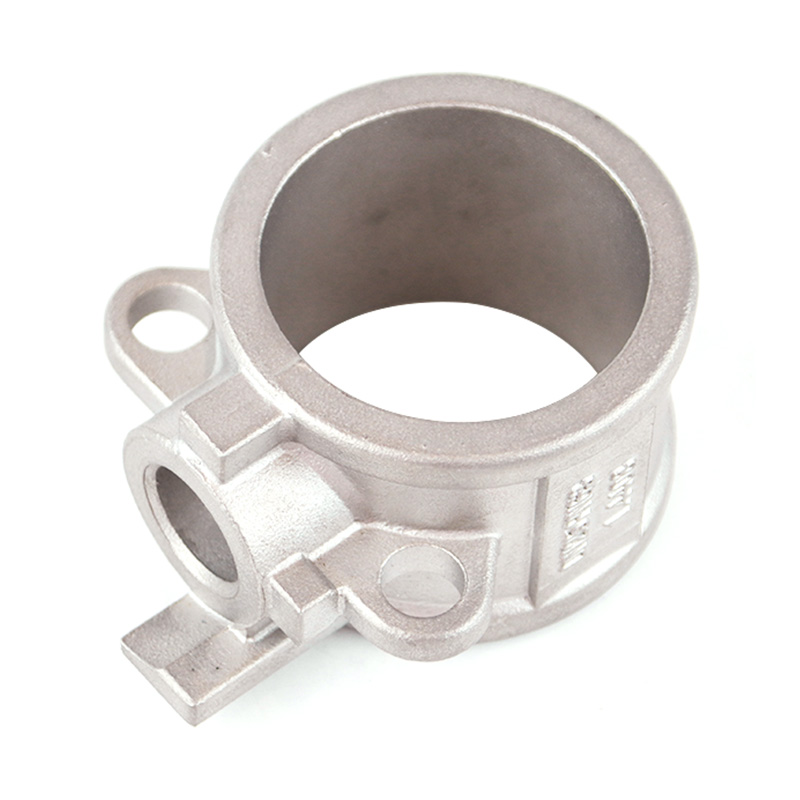Ball Valve Casting has become a critical part of the valve manufacturing industry, providing reliable solutions for fluid control across multiple sectors including oil, gas, water treatment, and chemical processing. Growing demand has directed more focus toward advanced casting methods, innovative materials, and the differences between cast and forged solutions. These factors are shaping how companies design and deliver products that balance performance, cost, and durability.
One of the most discussed topics in the valve industry is the comparison between cast and forged valves. Cast ball valves are generally more cost-effective to produce, offering complex shapes and designs with greater efficiency. This makes them an attractive choice for large-scale production where affordability and variety are essential.
On the other hand, forged ball valves are recognized for their high strength and resistance to extreme pressure and temperature. They are typically chosen for applications in demanding industrial environments. The debate is not about superiority but about suitability. Cast ball valves meet the needs of many standard flow control systems, while forged valves are favored in highly critical scenarios. Understanding these differences allows industries to select the right solution for each unique application.
The development of new casting techniques is another significant trend in the sector. Traditional sand casting remains common for large and simple designs, but investment casting and die casting have gained popularity due to their precision and ability to reduce defects.
Investment casting, for instance, provides smoother surfaces and tighter tolerances, making it well-suited for complex valve components. Die casting allows high-volume production with consistent results. Advanced technologies also include vacuum casting and low-pressure casting, both aimed at improving the density and durability of castings. These modern methods help porosity, enhance mechanical properties, and extend the lifespan of ball valves in service.
Continuous improvements in casting processes also reduce waste and energy consumption, aligning production with modern sustainability goals. For manufacturers, adopting these techniques translates into higher efficiency and a stronger competitive edge in global markets.
Material selection plays a key role in the performance of cast ball valves. Stainless steel remains one of the most widely used materials due to its excellent corrosion resistance and durability. However, innovation is driving the adoption of new alloys such as duplex stainless steel, aluminum alloys, and specialized anti-corrosion composites.
These materials allow cast ball valves to function reliably in environments exposed to seawater, acidic fluids, or abrasive particles. Aluminum alloys, for example, make valves lighter while maintaining sufficient strength, which is valuable in transport and portable systems. Duplex stainless steel provides a balance between mechanical strength and corrosion resistance, giving industries more options when tailoring their equipment to specific needs.

The focus on cast versus forged solutions, advanced casting processes, and innovative materials demonstrates the dynamic nature of the Ball Valve Casting market. Each trend contributes to producing valves that are reliable, cost-efficient, and suited for a wide variety of industrial applications. For organizations seeking a dependable and versatile solution, the Three-Piece Flanged Manual Ball Valve Casting is a recommended product that reflects both durability and practical design.
For more detailed product information, please contact Baoli Company.